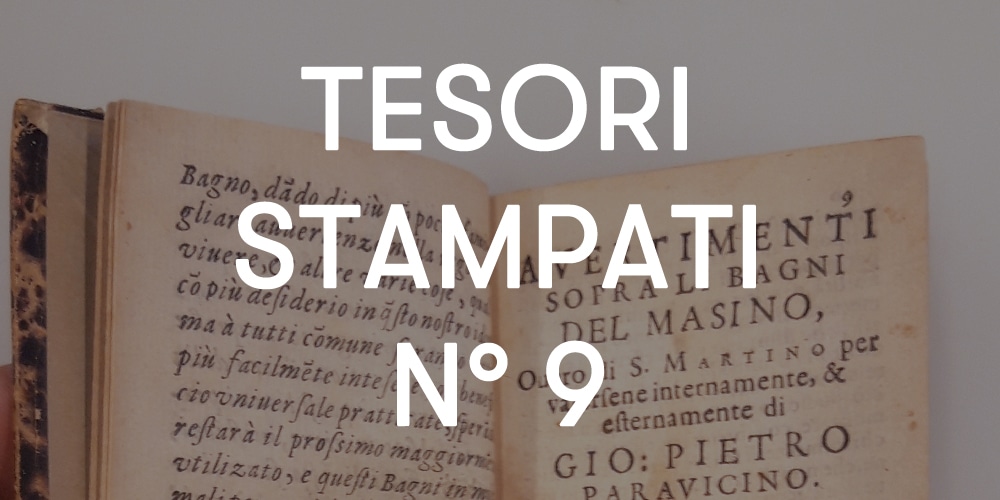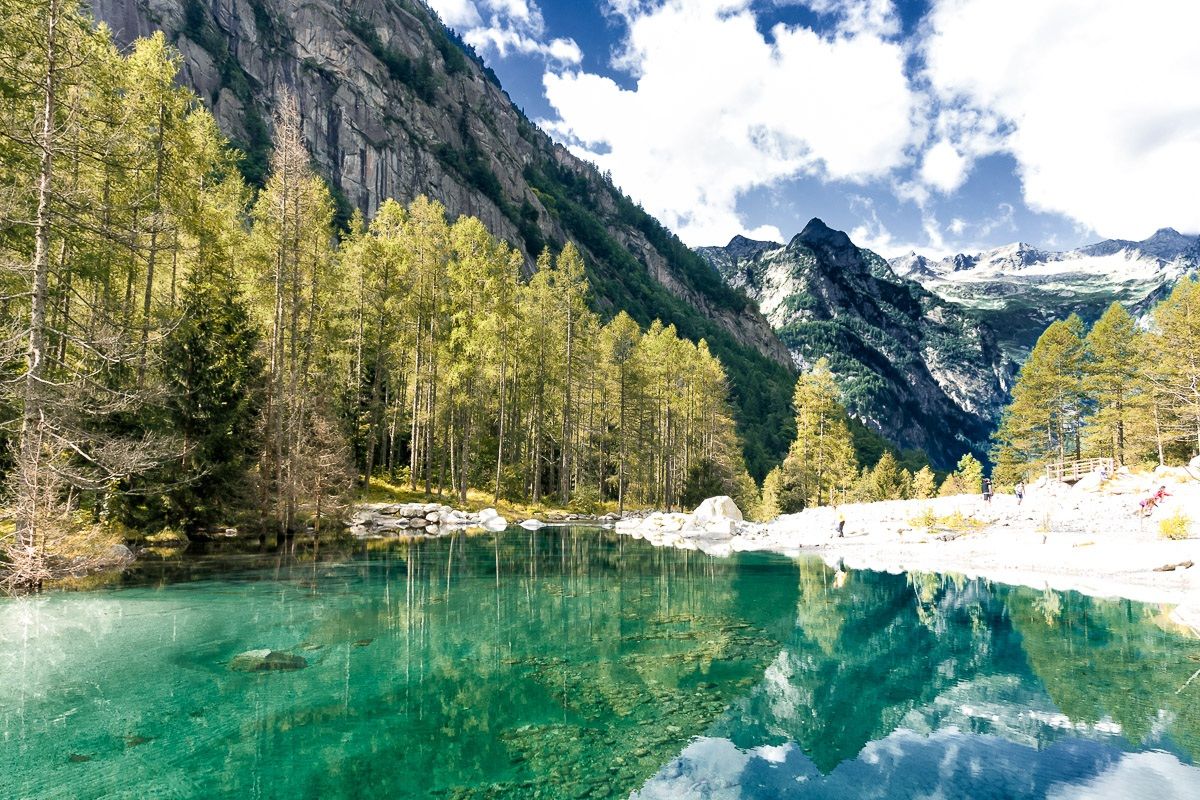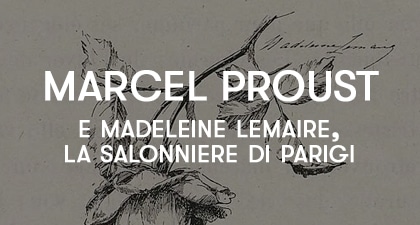
Ninth appointment with “Printed Treasures” dedicated to a little booklet from the 17th century that made us rediscover the beauties of Val Masino.
Hikers who take the trails from Val Masino leading to the base of Pizzo Badile cannot ignore a large stone building constructed in 1832.
This is the ancient thermal center of Masino, once famous throughout Lombardy. Records show that between 1836 and 1845, 3,000 people stayed in these lush forests at the foot of the rocky cliffs to “take the waters”.

Today, there is an air of decay in this picturesque corner of the mountains, but it has not always been this way.
A curious little booklet that came into our library made us rediscover the beauties of Val Masino with new eyes. It is a small 16° volume, quite “well-worn”: the title is “Avertimenti sopra li Bagni del Masino overo di S. Martino per valersene internamente et esternamente di Gio. Pietro Paravicino, Medico di Datio in Valtellina”.
The date is 1658; the publisher Giovanni Pietro Cardi from Milan, in his introduction, informs us that he had to print this second edition of the Avertimenti because the first edition sold out very quickly.

How famous were the Bagni di Masino?
The first confirmed news of the use of the therapeutic properties of the springs dates back to the 15th century. In a letter to Francesco Sforza in 1462, the Podestà of Morbegno already praises these waters “springing in Val Masino, among the beautiful alpine valleys, salutary waters for every ailment”; even Matteo Bandello in a letter preceding the XXIII of his Novelle declares himself a regular visitor to the baths to escape the summer heat.
Apart from the beauty of the place, what attracted many visitors were the springs emerging from the mountainside. In a large cave, with warm waters, they had healing properties suitable for many ailments. As early as 1545, in a pamphlet printed in Venice, the doctor Pietro Paolo Pallavicini recommended the Bagni di Masino for treating skin diseases, liver problems, arthritis, headaches, and eye conditions; on-site, there was already a sort of primitive thermal facility with a “rough and undecorated” hotel and wooden huts for treatments.

From the 1616 report of Governor Guler von Weineck, we see that the locals are organizing. A system of pipes was built to carry the precious warm water from the spring to two spacious tubs for thermal treatments, one for women and one for men. The water could be drunk or used for baths, showers, or mud treatments depending on the condition being treated.
Our booklet gives us a snapshot of the situation in the mid-17th century.
In the second part, which resumes the “Brief and concise relation of the Excellent and wonderful virtues of the water of the Bagni di Masino, described by the most excellent Sig. Gio. Andrea Malacrida, Physician in Sondrio”, we learn that the waters, “well collected, and divided by different channels, according to the variety of needs and the large number of people who come to take the drop”, are partly collected “in two very nice, spacious rooms, one for women and the other for men, where they stay with pleasure and propriety according to their needs”.
The report from Dr. Malacrida also includes a description of the beauty of the valley where the thermal baths are located, so much so that “it seems that nature has made this place not only for recreation from bodily ailments but also for those of the soul”.
The main author of the Avertimenti, Dr. Gio. Pietro Paravicino, a physician from Dazio, a village at the entrance of Val Masino, focuses instead on the healing properties of the water and, above all, gives precise instructions on how to use it properly to gain the maximum therapeutic benefit: how, when, and how much to drink, the methods of bathing and showering, which diseases can benefit (a long chapter is dedicated to the widespread “French disease”, which was so common at the time), and which conditions are contraindicated for hydrotherapy.
There are also colorful notes that give us small sketches of real life.
The first chapters discuss the problem of “distant care” for those who cannot reach the high Val Masino, which has no carriage roads; how to transport and properly preserve the precious healing water? Not in wooden containers, but in glass flasks. The first recommendation, however, is to rely on trusted people.
“It has been reported to me that some treacherous people, unable to reach the Bath, would fill the barrels in the running river at the beginning of the valley. Moreover, on the journey, sometimes part of the mineral water would be lost, the unfaithful filling the barrel with ordinary water instead, so as not to turn back” or worse, “paying the owners of the Bath some fee for the mineral water, in order to stimulate them to advance that money; this trick, I am certain, has happened many times.”









